Pho Real? Unraveling the Aromatic Secrets of Vietnamese Chicken Pho – Spice Up Your Bowl!
Table of Contents
- Why Chicken Pho Is a Global Spice Tradition Staple
- The Holy Spice Trinity Behind That Magical Broth
- Chicken vs Beef: What’s the Big Deal?
- Step-by-Step Guide to Building Your Pho Pot Like a Pro
- Pro Tips for Elevating Your Pho Game
- Common Mistakes (And How to Avoid Them)
- Spice Variations Across Vietnam and Beyond
- Pho for All Seasons: Customizing Flavors Year-Round
- Final Thoughts: Keep Calm and Carry On… With Pho
Why Chicken Pho Is a Global Spice Tradition Staple
When you think of iconic dishes that define national cuisine, few hold as much cultural weight as pho does for Vietnam. Originating in the early 20th century, this noodle soup became a global sensation not only because of its comforting warmth but also due to its intricate use of spices.

What sets it apart from other soups is the depth of flavor derived from a handful of seemingly simple ingredients. The magic lies in how these spices interact during a slow simmer, coaxing out layers of umami, sweetness, and aromatic complexity.
The Holy Spice Trinity Behind That Magical Broth
If pho were a band, these three would be the core trio holding down rhythm, melody, and harmony:
- Star Anise – Adds licorice-like notes, essential for that classic pho scent.
- Fennel Seeds – Brings earthy, sweet undertones that complement the chicken beautifully.
- Cloves – Powerful and pungent; a little goes a long way in adding warmth and depth.
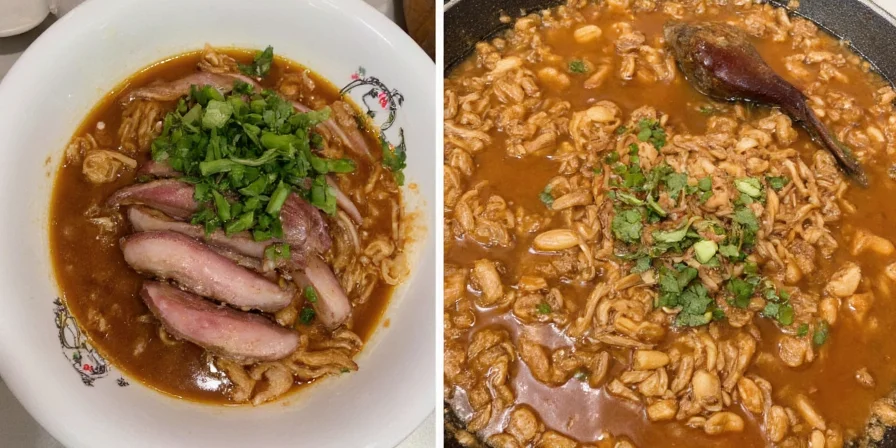
Bonus Flavor Players
| Spice | Flavor Contribution | Quantity per 4 Servings |
|---|---|---|
| Ginger | Sharp, zesty backbone | 2-inch knob, charred and sliced |
| Onion | Sweetness and caramelization | 1 medium onion, charred |
| Coriander Seeds | Floral and citrusy | 1 tsp, lightly toasted |
| Black Peppercorns | Pungency and heat | ½ tsp |
Chicken vs Beef: What’s the Big Deal?
While beef pho (pho bo) is more famous globally, chicken pho (pho ga) offers a lighter, cleaner experience that highlights spice nuances even better. Let’s compare:
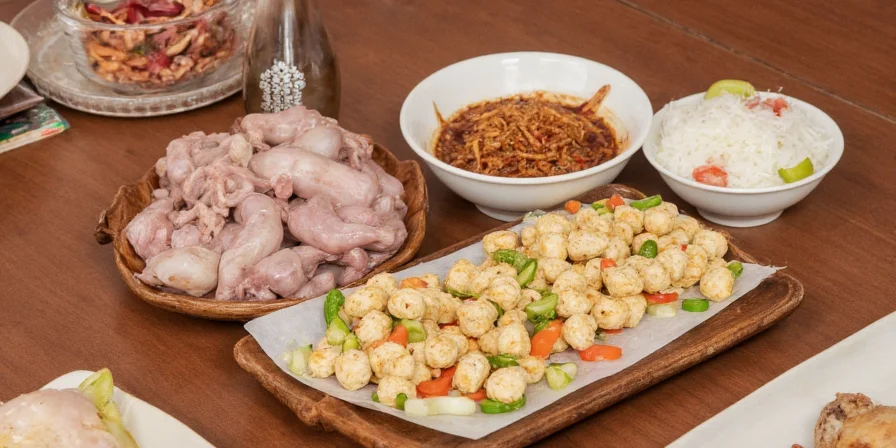
| Aspect | Chicken Pho (Pho Ga) | Beef Pho (Pho Bo) |
|---|---|---|
| Taste Profile | Lighter, subtler, slightly herbal | Richer, meatier, deeper umami |
| Broth Preparation Time | 3–4 hours | 8+ hours |
| Meat Texture | Tender, juicy, easier to chew | Varies (brisket, tendon, flank, etc.) |
| Spice Intensity | Mildly spiced, easygoing | Robust, bold spice blend |
Step-by-Step Guide to Building Your Pho Pot Like a Pro
- Prepare the Aromatics: Char ginger and onion over open flame until blackened. This adds smokiness to the broth.
- Toast the Spices: Lightly dry toast coriander seeds, fennel seeds, and peppercorns to release their oils.
- Simmer Smart: Start with cold water and whole chicken bones or carcass. Bring slowly to a boil, skim impurities, then reduce to a gentle simmer.
- Add the Spices: Once foam subsides, toss in your spice bundle and aromatics. Let it sing for 3–4 hours.
- Season with Care: Fish sauce and rock sugar are your salty-sweet dynamic duo. Taste and adjust gradually.
- Strain and Rest: Strain the broth through fine mesh. Let sit so any residual fat rises to the top and can be skimmed off easily.
- Assemble Your Bowl: Cook rice noodles separately. Add slices of poached chicken breast, fresh herbs, lime, chili, and ladle hot broth over everything.
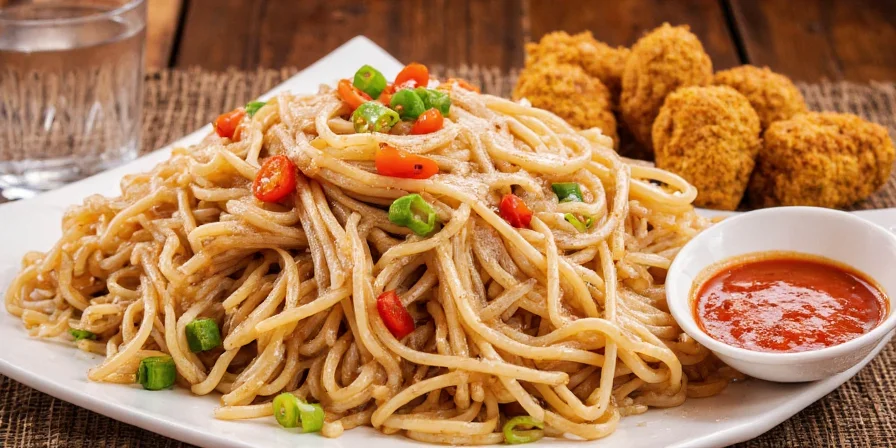
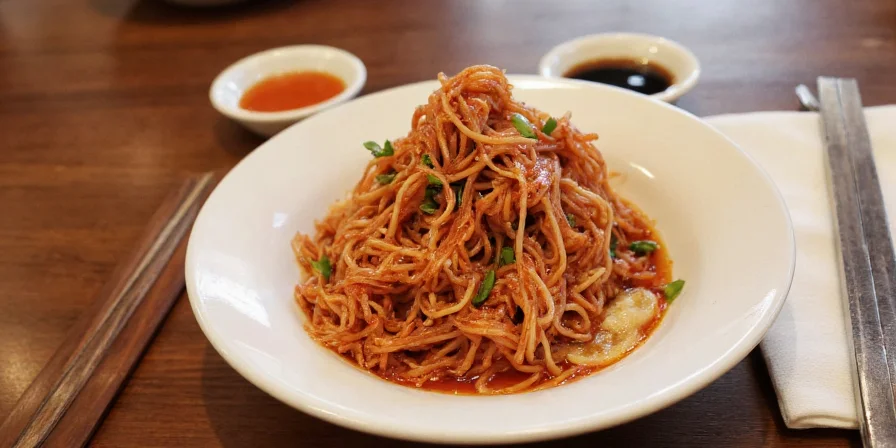
Pro Tips for Elevating Your Pho Game
- Use Chicken Necks & Backs: These add collagen and body without overpowering the delicate flavor.
- Don’t Skip Charring: The slight bitterness from charring balances the broth’s sweetness perfectly.
- Fish Sauce Matters: Go for high-quality fish sauce like Red Boat. Trust us — you’ll taste the difference.
- Sugar Strategy: Rock sugar gives a smoother sweetness than regular sugar. If unavailable, brown sugar works in a pinch.
- Layer Flavors: Try roasting garlic or adding lemongrass for extra brightness.
Common Mistakes (And How to Avoid Them)
Even seasoned cooks fall into common traps when making pho. Here's how to dodge them:
| Mistake | Why It’s Bad | How to Fix It |
|---|---|---|
| Boiling Too Fast | Causes emulsification of fats, resulting in cloudy broth | Start cold, bring slowly to a boil, then simmer gently |
| Overloading Spices | One overpowering note ruins balance | Stick to traditional amounts; adjust gradually |
| No Skimming | Scum creates bitterness and off-flavors | Skim regularly during first 20 minutes of boiling |
| Using Only Breast Meat | Lacks richness and mouthfeel | Mix breast with thighs or skin-on cuts |
Spice Variations Across Vietnam and Beyond
While Hanoi-style chicken pho sticks closely to the original spice lineup, regional twists across Southeast Asia and the diaspora have introduced fascinating adaptations:
- Southern Vietnam: Often includes lemongrass and coriander leaves for brightness.
- Thailand: Sometimes uses galangal instead of ginger for a sharper edge.
- France/Vietnamese Diaspora: Occasionally features cardamom or allspice in the spice mix.
- Los Angeles Style: Adds chili oil and sesame oil for an Americanized twist.
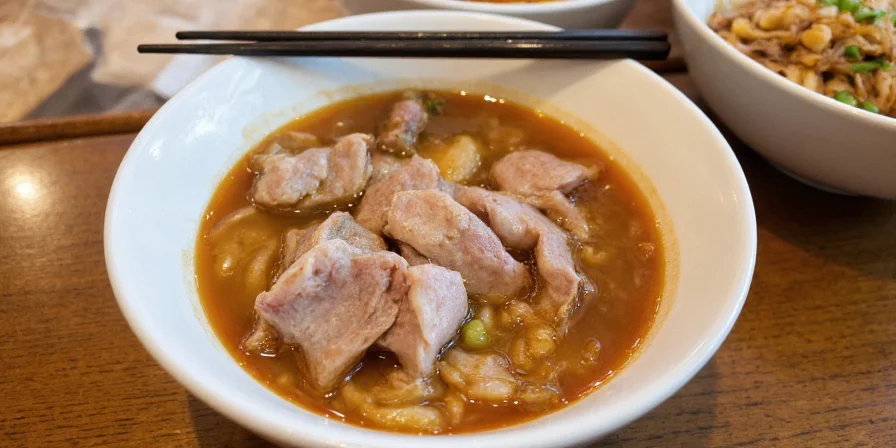
Pho for All Seasons: Customizing Flavors Year-Round
Pho is surprisingly adaptable to different climates and moods. Here’s how to tweak it for every season:
| Season | Spice Adjustment | Extra Toppings |
|---|---|---|
| Winter | Increase ginger and clove for warming effect | Extra chili, fried shallots, sesame oil drizzle |
| Spring | Balance with more fennel and fresh herbs | Basil, mint, bean sprouts |
| Summer | Reduce heavy spices; focus on brightness | Lime wedges, cucumber slices, Thai basil |
| Autumn | Enhance with cinnamon or nutmeg accents | Roasted squash, scallions, toasted sesame seeds |
Final Thoughts: Keep Calm and Carry On… With Pho
Whether you're a professional chef or someone who loves playing with flavors in your kitchen, mastering the art of Vietnamese chicken pho is a rewarding journey. It’s not just about feeding the stomach — it’s about warming the soul with every sip. The beauty of pho lies in its balance — between spice and subtlety, simplicity and sophistication, comfort and adventure.
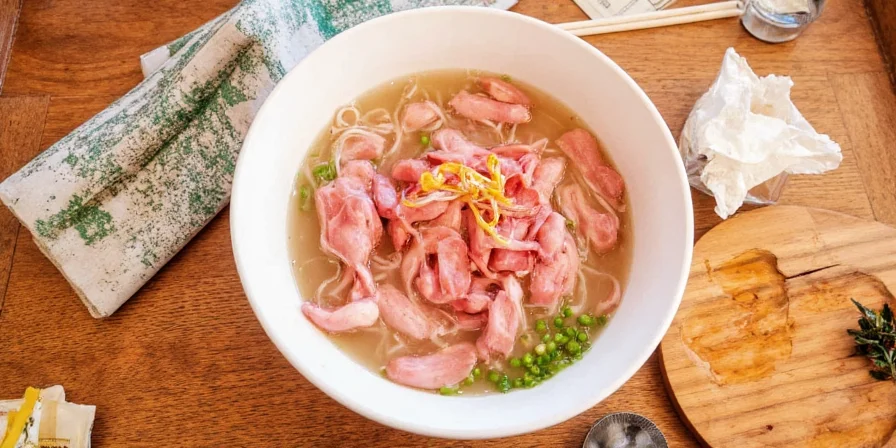
So next time you feel overwhelmed by life’s chaos, remember: you’ve got a pot of spices, some chicken bones, and the power to create something truly transcendent. Stirring up a batch of pho might just be the therapy you need.

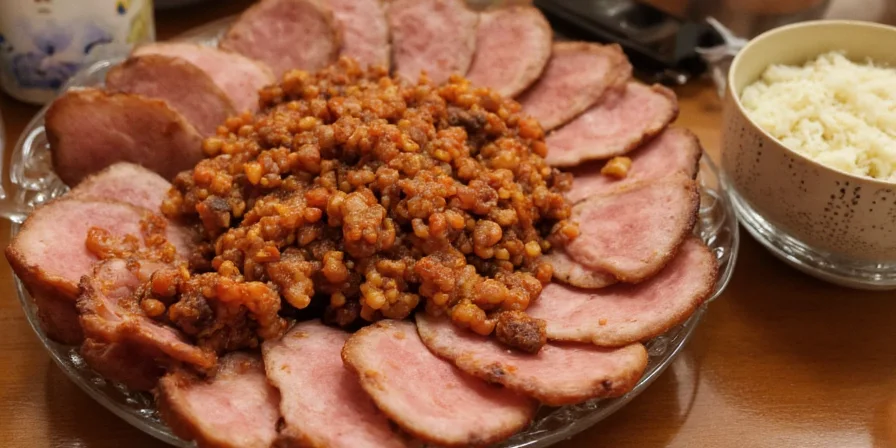









 浙公网安备
33010002000092号
浙公网安备
33010002000092号 浙B2-20120091-4
浙B2-20120091-4